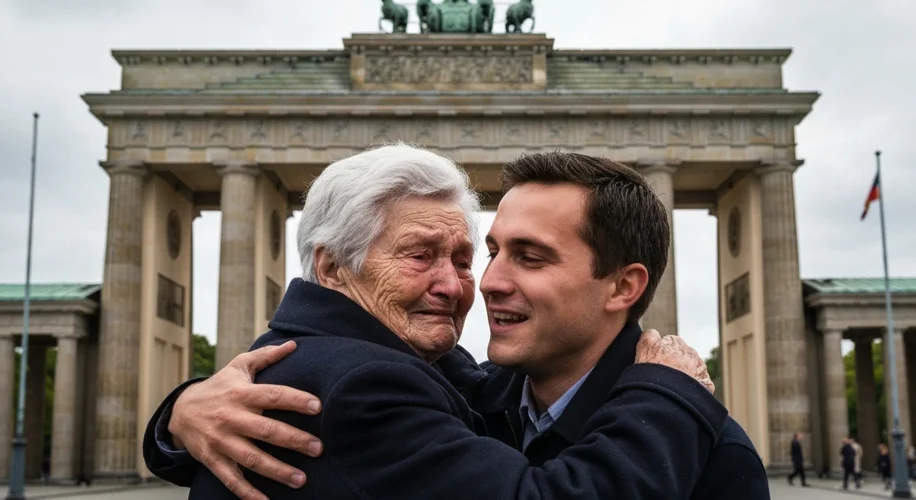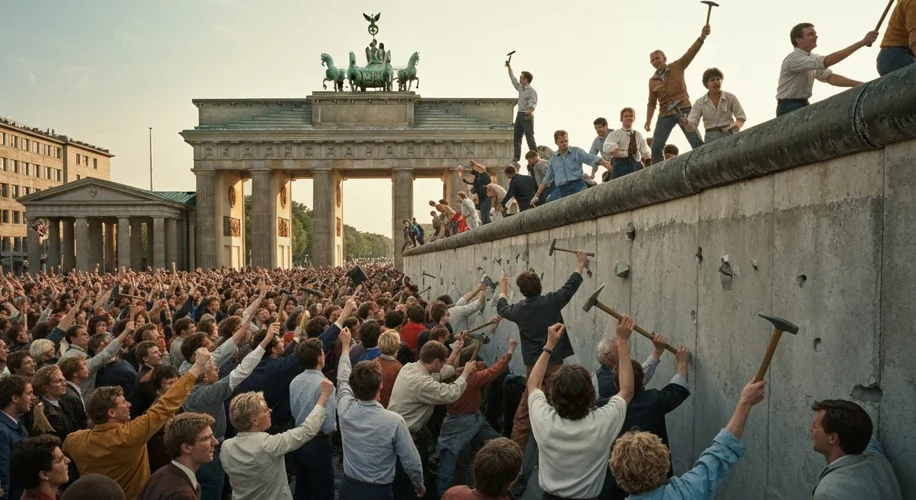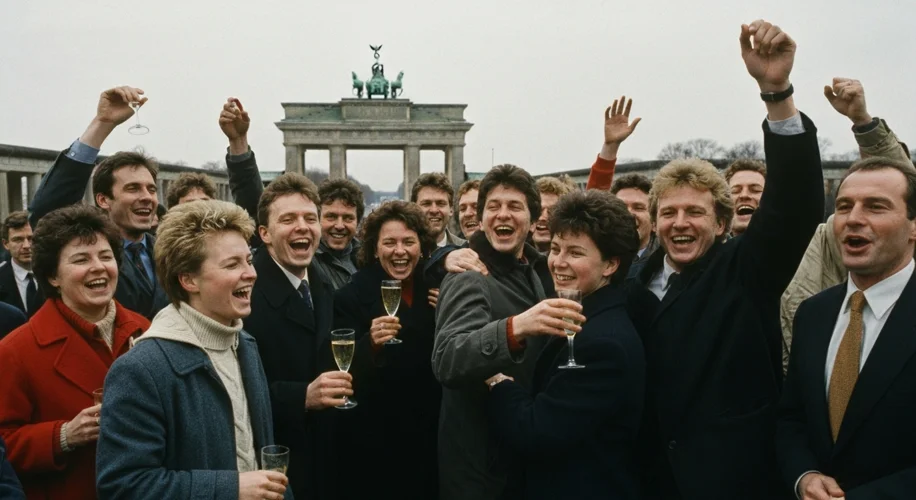The air in Berlin on November 9, 1989, crackled with an almost unbearable tension. For nearly three decades, the Berlin Wall had stood as a brutal, concrete manifestation of the Cold War, a scar dividing not just a city, but families, ideologies, and the very soul of a continent. Its fall, however, was not the result of a single, dramatic act, but rather a cascade of events, fueled by the quiet courage of ordinary people and the unexpected confluence of political missteps.
For 28 years, the Wall had been a constant, oppressive presence. Erected in 1961 by the German Democratic Republic (GDR) – East Germany – its official purpose was to keep Western ‘fascists’ from entering East Germany. In reality, it was a desperate attempt to stem the tide of East Germans fleeing to the West. Families were torn apart overnight. Lovers found themselves on opposite sides of a barbed-wire and concrete chasm, their longing a silent testament to the human cost of division.

The summer and autumn of 1989 saw a growing wave of discontent across Eastern Europe. Hungary had already opened its border with Austria, creating a pathway for East Germans to reach the West. Protests, known as the ‘Monday Demonstrations,’ gained momentum in cities like Leipzig, with citizens courageously demanding freedom of travel and democratic reforms. Chants of “Wir sind das Volk!” (“We are the people!”) echoed through the streets, a powerful, unified voice against an authoritarian regime.
The pressure on the GDR leadership was immense. Faced with mounting protests and a hemorrhaging population, the government scrambled for solutions. On November 9, 1989, Günter Schabowski, an East German politburo spokesman, was tasked with announcing new, relaxed travel regulations at a press conference. However, Schabowski, seemingly unprepared and unfamiliar with the details, fumbled his delivery. When asked by a journalist, Riccardo Ehrman, when these new regulations would take effect, Schabowski famously stammered, “As far as I know, it takes effect immediately, without delay.”
Word spread like wildfire. Thousands of East Berliners, disbelieving but hopeful, converged on the border crossings. The border guards, caught completely off guard and without clear orders, found themselves facing an unstoppable tide of humanity. At the Bornholmer Straße crossing, Harald Jäger, the commander on duty, made a momentous decision. Facing immense pressure and fearing a violent confrontation, he ordered the gates to be opened.
The scenes that followed were of pure, unadulterated jubilation. East and West Berliners, separated for decades, flooded into each other’s arms. Strangers shared champagne, tears, and embraces. People climbed atop the Wall, chipping away at the hated barrier with hammers and chisels – symbols of their newfound freedom. The Brandenburg Gate, once a grim symbol of division, transformed into a stage for reunification and celebration.

The fall of the Berlin Wall was more than just the dismantling of a physical structure; it was the symbolic end of the Cold War and the dawn of a new era for Europe. It paved the way for German reunification less than a year later, on October 3, 1990. The ideological Iron Curtain that had divided the continent for over forty years was irrevocably torn.
However, the transition was not without its challenges. The economic disparities between East and West Germany, the psychological adjustment to a unified nation, and the lingering questions about accountability for the GDR’s past created a complex landscape. Yet, the overwhelming sentiment remained one of hope and the profound affirmation of human freedom.
The story of the Berlin Wall’s fall is a powerful reminder that history is often shaped by the actions of ordinary people, by moments of courage, and by the unyielding human desire for liberty. It’s a story etched in concrete and in the hearts of those who lived through its division and celebrated its demise, a testament to the enduring power of hope in the face of oppression.


